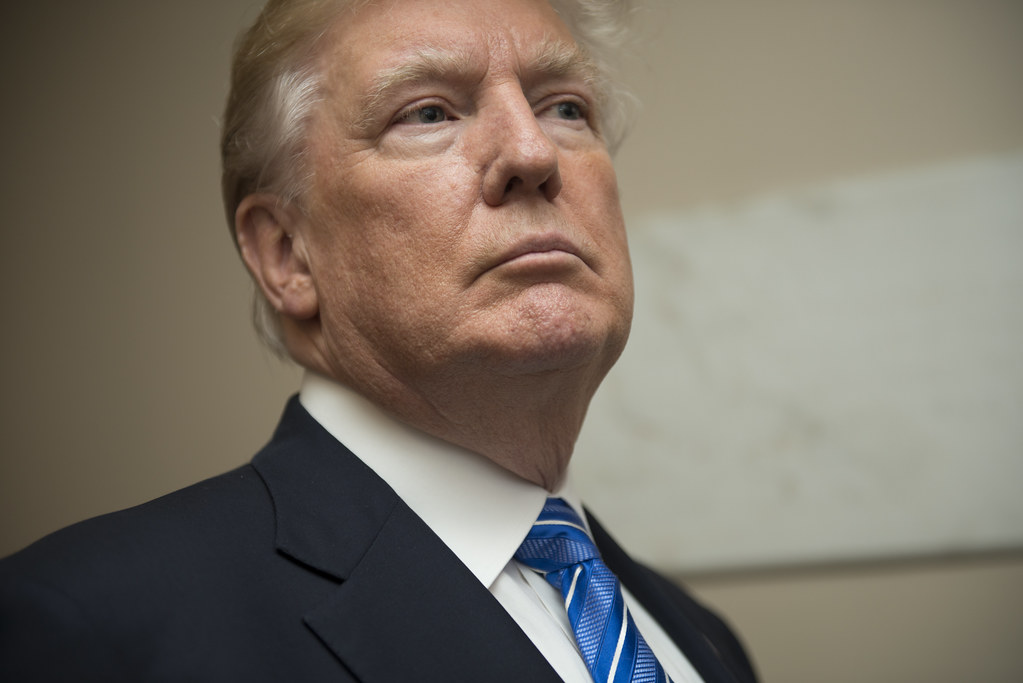Key Takeaways
- Indiana Republicans remain unsure about redrawing districts.
- Vice President Vance held secret meetings to push the plan.
- Polls show most Indiana voters oppose the effort.
- The White House may target lawmakers who resist.
- The fight could shape the next decade of power.
Indiana lawmakers face growing pressure to redraw their congressional lines. This effort comes after a similar push in Texas gave Republicans five more seats. President Trump wants Indiana to follow suit. However, many state Republicans are still not convinced.
Inside the Push for Indiana redistricting
Vice President JD Vance led a hush-hush tour of the state Capitol. He met with members of the Indiana Senate and House. He argued that new maps would bring fair representation. He said it would push back against what he called liberal map-rigging. He claimed voters could support the idea if told the right story.
However, those private meetings felt tense. One Republican said lawmakers resisted hard. Another described the mood as “stiff.” Lawmakers asked tough questions about fairness and politics. They worried about public backlash and legal fights. They also feared it could hurt them in future elections.
What Vance Told Lawmakers
Vance painted a clear picture. He said the plan is about fairness, not raw politics. He argued it would balance power and curb California’s influence. He pointed to Gov. Gavin Newsom’s actions as a warning. He added that independents and some Democrats might support the maps.
“We are not just gerrymandering for ourselves,” Vance said. “We are fighting back against those who rig the maps to keep power.” He suggested that the new lines could boost Republican turnout. He also promised that the plan would hold up in court.
Resistance in the Statehouse
Despite his arguments, many lawmakers remain skeptical. They see redistricting as a political minefield. They worry about legal challenges that could drag on for years. They remember the costly battles in other states. They fear the plan might backfire under a different court.
Moreover, some Republicans fear voter anger. Recent polls show a clear majority of Indiana voters oppose mid-decade map changes. Even though Trump won the state with nearly 59 percent, voters here do not like the idea. They view it as unfair and self-serving.
One state senator told insiders he would rather stay out of a public fight. Another lawmaker said constituents would not understand the motives. They predicted calls and emails against the move would flood their offices.
Polls and Public Opinion
Recent surveys found that most Hoosiers do not want their districts changed now. They feel maps should only shift after the census every ten years. They view mid-decade changes as political gamesmanship. They also worry that redrawing lines will pit neighborhoods against each other.
Many voters say they trust the current maps more than new proposals. They believe the census-based maps are more fair. They also fear that new lines could dilute minority votes. This concern adds another layer of complexity for lawmakers.
Potential Consequences for Lawmakers
The push for Indiana redistricting puts local politicians in a tough spot. If they vote yes, they risk voter backlash. If they vote no, they could face repercussions from the White House. Reports say the administration might recruit challengers for those who block the plan.
Some insiders claim the White House is mapping out primary challenges. They would target lawmakers who stand in the way. This threat adds pressure but also fuels resentment on the Hill. Lawmakers do not like being told they must act or face a fight.
What Happens Next?
Lawmakers have not set a firm timeline for a vote. They plan more closed-door meetings this month. They will weigh legal advice and public opinion. They must also consider the costs of a court battle. Finally, they need to decide whether new maps fit their political goals.
Meanwhile, the White House keeps its eye on Indiana. It hopes to build momentum with other red states. It is watching how California responds, and how Texas fares. If Indiana falls in line, Republicans could boost their House majority again.
But if the statehouse holds firm, it could slow or even stop this push. The fight will test the power of the presidency in state politics. It could also reshape how redistricting battles play out in other states.
Looking ahead, lawmakers face a tough choice. They must balance party loyalty with voter trust. They need to weigh political gain against potential backlash. In the end, Indiana’s decision will echo far beyond its borders.
Frequently Asked Questions
What is the goal of the Indiana redistricting plan?
The plan aims to redraw congressional lines mid-decade. Supporters say it will bring fairer maps and balance power. Critics view it as a way to boost one party’s seats.
Why are many lawmakers hesitant?
They fear voter backlash and costly court fights. They also doubt that voters will support mid-decade map changes.
How do Indiana voters feel about the proposal?
Recent polls show a majority oppose changing districts before the next census. They see it as unfair and politically motivated.
What might the White House do if lawmakers refuse?
Insiders say the administration could back challengers in primaries. This would target lawmakers who block the redistricting effort.

